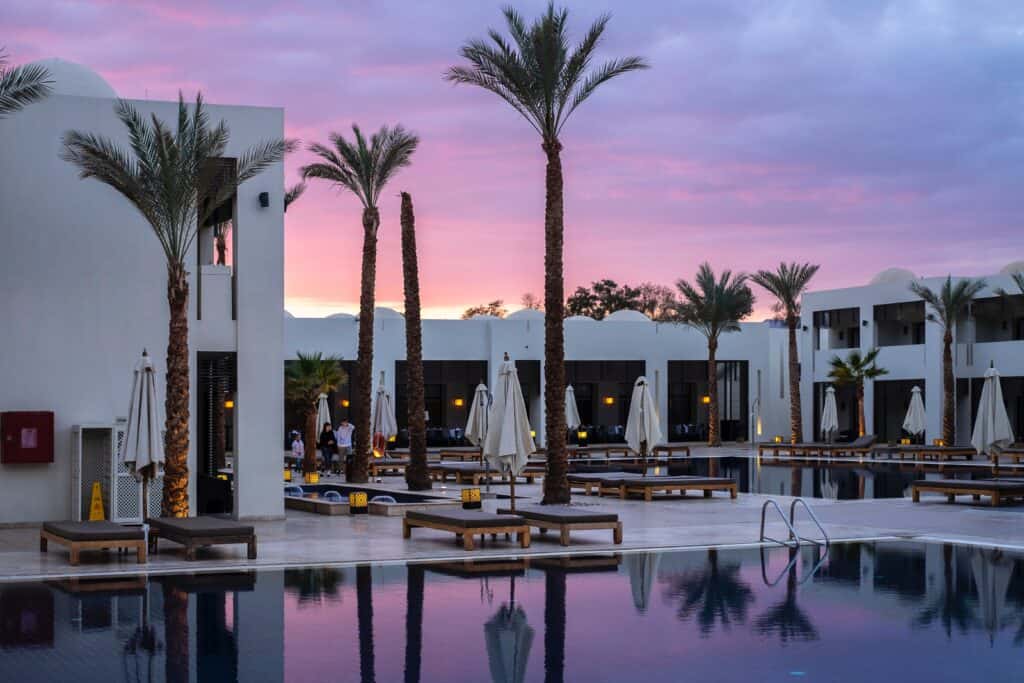Effective revenue management is a must for today’s boutique hotels, whether they use a dedicated team for the task or not.
However you handle your hotel revenue management, taking a strategic approach to pricing is one of the most powerful ways to get on the path to optimized revenue. Let’s go through some of the tried-and-tested hotel pricing strategies that you can incorporate into your revenue management arsenal.
Forecasting
With a forecasting-based hotel pricing strategy, you use existing data on your hotels’ performance to make predictions for the future. For example, let’s say you look at last year’s results to learn when you sold the most rooms. You can use that information to determine when demand is strongest, and then increase your rates for that same period in the coming year.
Effective forecasting requires you to build or have access to historic data on your accommodation, including key metrics. A tool like eviivo Performance Manager makes it easy to collate and analyze the data you need (including year-on-year comparisons) with easy-to-use graphics and reporting.
Keeping track of your competitors
It always pays off to keep an eye on your competition. Monitoring the pricing of your nearest competitors allows you to identify average rates and helps you decide what your own prices should be.
Build a table of your top competitors and populate it with the rates they publish at various dates in the year – make sure to pick dates that reflect key periods of demand in your area. The resulting table will give you the average rates that your competitors offer for each period, so you’ll have a clear idea of the current market price for your type of accommodation.
Rate-parity pricing
Do you list your boutique hotel on Online Travel Agencies (OTAs) like Booking.com and Hotels.com? You may be tempted to get around their commission rates by charging higher prices on the OTAs and lower ones on your own website. However, it’s often more beneficial to keep your rates the same across every channel, known as rate-parity pricing.
Keeping your rates consistent across all channels allows you to gain valuable insights into which channels are performing best for you. As for the matter of paying commission, stop to consider the boost in visibility you get from the major OTAs. It’s much better to get lots of bookings at only 85% of your full price than just a few at 100%!
Extras, discounts and promos
Even if they do find you via an OTA, there are still ways to encourage online searchers to book with you directly and thereby amplify your revenue per booking. For example, you could offer a free extra, like a welcome fruit basket or home-baked goods on arrival, exclusively to visitors who book on your own website. Additions like these are also a great way to make sure you give guests the extra-special experience they expect from a boutique hotel.
These sorts of incentives form part of a hotel pricing strategy that focuses on using rewards to influence booking behaviors. This doesn’t just have to mean encouraging direct bookings. You may also want to ‘reward’ early bookings, repeat bookings, or longer stays by setting up specific promos. There are a broad range of promo tools and types you can use here, from packages that combine special rates with special extras, to promo codes that allow guests to unlock unique lower rates. A property management platform that offers a Promo Manager gives you the ability to create and manage a wide range of promo options flexibly – and with total control.
Occupancy pricing
At the most basic level, occupancy-based pricing involves charging different rates for the same unit (or entire property) based on how many guests are occupying it. For example, let’s say you charge a supplement for every extra person in a unit. This could be more profitable for you than setting a flat price, since the cost of things like cleaning and heating consumption is roughly the same regardless.
To take advantage of occupancy-based pricing, you may wish to offer multiple occupancy options in the low season, including a lower rate to singles and couples to capture every booking opportunity. During the high season, you can impose a minimum occupancy threshold, so that even if a single person books the room, they would pay your pre-set minimum price.
MinLOS (Minimum Length of Stay) strategy
One way to set your prices is to impose a minimum length of stay. This is most sensible during the peak season. When demand is high, travelers will be more inclined to extend their stay, so you’re more likely to get bookings nailed down for a longer period of time. As well as the optimized revenue benefits, minimum stays also allow you to reduce the number of guest changeovers.
However, your MinLOS strategy ought to remain flexible, so you can adapt it as demand levels fluctuate. In the low season, imposing a minimum length of stay probably makes less sense!
Conclusion
There’s no one magic hotel pricing strategy that works for every business. The good news is you have a wide range of strategies at your disposal to compare, experiment with, mix, and implement as part of your revenue management.
We recommend developing your pricing strategies based on a firm understanding of your historic performance, your competitors, your local area, and the guests you’re trying to attract. You can also augment your strategies (and save time) by using dynamic pricing automation to keep your rates optimized in line with real-time data. To learn more about all these areas, and get even more insights into how you can optimize your rates, download our white paper ‘How to Build an Effective Pricing Strategy: A Guide to Making the Most Revenue From Your Rooms’.



